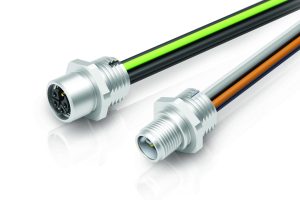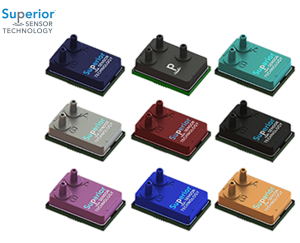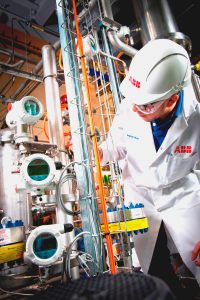Mouser Electronics, Inc., the industry’s leading New Product Introduction (NPI) distributor with the widest selection of semiconductors and electronic components™, launched a new eBook in collaboration with NXP Semiconductors, a world leader in secure connectivity solutions for embedded applications, which is pushing boundaries in the automotive, industrial and IoT, mobile, and communication infrastructure markets while delivering solutions that advance a more sustainable future. In this eBook, Mouser and NXP explore design challenges in vehicle electrification systems, with insights into potential pathways for solutions.
In 7 Experts on Designing Vehicle Electrification Solutions, the new eBook from Mouser and NXP, subject matter experts from across the electric vehicle (EV) industry and NXP offer their perspectives on how they’re addressing challenges surrounding data-driven optimization, safety, EV charging and efficiency, to help manufacturers bring innovation to the EV market in record time. Modern EVs, with advanced driver assistance systems, feature dozens of integrated sensor systems that work together to achieve higher performance and enhance driver safety. These sensors also gather actionable data regarding the EVs subsystems, including motor and battery performance, and most importantly, provide a wealth of data-driven information to facilitate system optimization while refining EV design decisions into the future.
The eBook explores how NXP and Mouser deliver data-driven technology solutions to the EV market’s specific challenges, like charging compatibility, battery lifespan, capacity, navigation and safety, and emerging innovations to improve EV efficiency and design. Of course, safety is the paramount consideration in vehicle electrification design. NXP provides a suite of analog sensing hardware solutions to help obtain vehicle data and offers a variety of low-power, scalable, functional, and safe microcontrollers for streamlining secure communications and improving performance.
7 Experts on Designing Vehicle Electrification Solutions includes product information on the latest related NXP solutions, available at Mouser Electronics, like NXP’s S32K3 microcontrollers, a family of scalable 32-bit Arm® Cortex® -M7 based MCUs in single, dual and Lockstep core configurations supporting up to ASIL D level safety. Also featured are NXP’s GD316x family of ASIL D compliant, high voltage isolated gate drivers, that offer efficiency-enhancing features such as dynamic gate strength control and segmented drive. The advanced, functionally safe HV gate drivers GD3162 and GD3160 provide a high level of integration, allowing for a smaller footprint and simplified design for xEV traction inverters.
To learn more about NXP products available from Mouser, visit https://www.mouser.com/manufacturer/nxp-semiconductors/.
To read the new e-book, visit https://resources.mouser.com/manufacturer-ebooks/nxp-7-experts-on-designing-vehicle-electrification-solutions/.
To browse all of Mouser’s eBooks, visit https://resources.mouser.com/manufacturer-ebooks/.
 Instrumentation Monthly Test | Measurement | Control
Instrumentation Monthly Test | Measurement | Control










